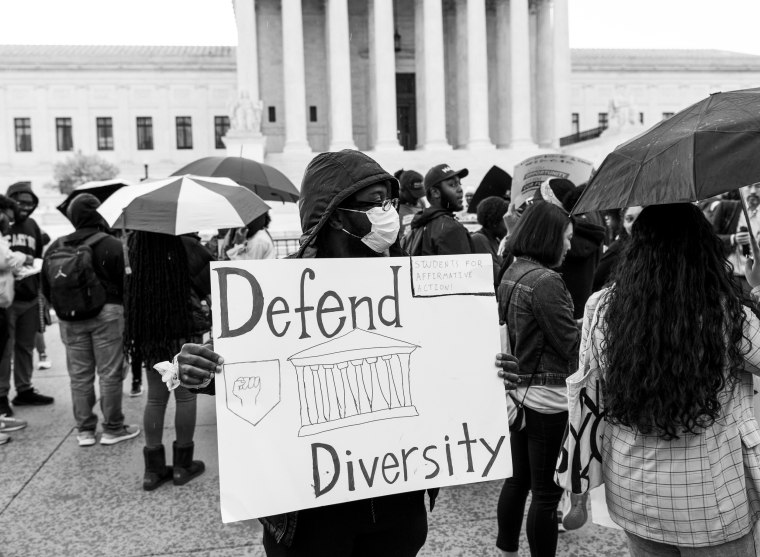The Supreme Court just gutted the use of affirmative action programs in both private colleges and public universities, and it did so by once again ignoring its own decisions.
Stop me if you’ve heard this before, but these Supreme Court decisions are another manifestation of how conservative this court is, and how little regard it has for precedent. As it did in the Dobbs decision overturning Roe v. Wade, the Supreme Court reversed itself. In 2003, the now-retired Justice Sandra Day O’Connor, writing for a majority of the court, concluded that the universities could consider race in its admissions decisions. That court explicitly recognized the government’s goal of creating a diverse student body. Those days are gone.
In the Supreme Court’s new world order, achieving a racially diverse student body is no longer a compelling government interest.
The court’s willingness to flout its own precedent is based on a narrow view of what equality means in our society. The court has essentially concluded that trying to use race to remedy racial inequities is itself racial discrimination.
In one case, brought against the University of North Carolina, the court concluded that considering race in the public university admissions process violates the 14th Amendment’s Equal Protection Clause. That constitutional provision bars states from denying “the equal protection of the laws.”
What “equal protection of the laws” means in reality is that under one view, achieving equality will sometimes require the government to take affirmative steps. Meaning, the government can and should take actions to achieve equal opportunities and racial equality. This could include remedying racial discrimination by implementing university admissions programs that take race into account. If we adopt this perspective, affirmative action programs are plainly constitutional.
But from a different perspective, the Equal Protection clause instead requires that judges strike down any laws that take race into account. Under this view, race-conscious laws amount to invidious discrimination, which is always a problem. This would obviously mean that programs that take race into account to remedy past discrimination fly in the face of the Equal Protection Clause. This is the perspective adopted by the majority of the Supreme Court, and this is why they concluded that public university admissions policies that take race into account actually undermine equality, and violate the Equal Protection clause.
In the other affirmative action case, brought against Harvard College, the court ruled that considering race in the private college admissions process violates Title VI of the Civil Rights Act. That federal law prohibits private entities, like colleges, that receive federal government funds from discriminating on the basis of race. Similar to its reasoning in the UNC case, in the Harvard case, the court concluded that race-conscious admissions policies constitute racial discrimination.
During oral arguments in the University of North Carolina case, Justice Thomas stated, “I’ve heard the word ‘diversity’ quite a few times, and I don’t have a clue what it means.” If that’s true, perhaps it would be best to respect the court’s prior decisions and allow private and public institutions to attempt to remedy past harms and achieve racial diversity.
But for this court, even decisions by Republican-appointed justices like O’Connor stand in the way of their desire to remake our society in their vision. In 2003, the court recognized that “use of admissions decisions [could] further a compelling interest in obtaining the educational benefits that flow from a diverse student body.” In the Supreme Court’s new world order, achieving a racially diverse student body is no longer a compelling government interest. In fact, using race-conscious criteria in admissions decisions to achieve racial diversity now violates both the United States Constitution and federal statutory law.
This court will continue to steamroll through its past decisions where they stand as inconvenient roadblocks to its policy goals. It didn’t start with abortion and it won’t end with affirmative action.
Read the full text of the Supreme Court's opinion curtailing affirmative action below:

